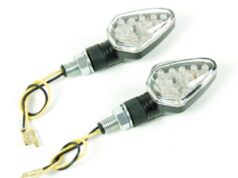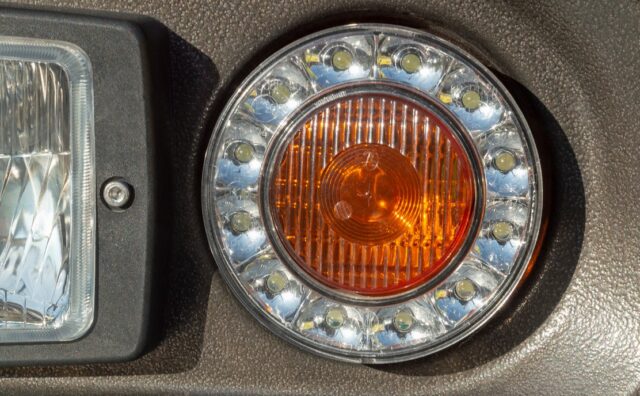
There is no doubt that all types of cars are prone to traffic accidents. Whether it’s a sedan, truck or SUV, they are all likely to feature in an auto-crash causing grave injuries and even a few deaths. This explains why car companies often prioritize developing new and improved protective features. Every year, engineers put their heads together to make the automobile just a little safer. In the meantime, it has been commonly observed that drivers forget or ignore the safety provisions that are available behind the wheel. One such essential tool that can keep motorists safe is the turn signal. This applies to jeep owners as well.
Sure, jeeps are cool. But have you ever asked yourself – how safe is my jeep? Although its bulky frame is likely to reduce the impact of an accident, jeeps pose a high risk of rolling over. Just know that under the wrong circumstances, anything can happen. Following proper driving etiquette and being responsible on the road is the only way to avoid a crash.
Having said that, it is also vital to get rid of faulty car parts and opt for better ones. This is what brings us to LED turn signal lights. Read on to know more about turn signal lights and why LED ones are different from the rest.
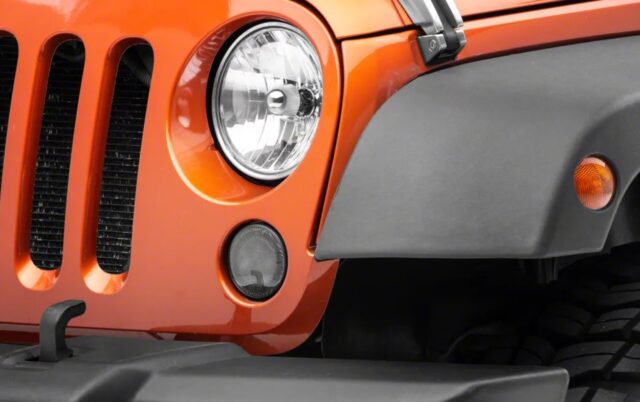
The true purpose of Turn Signal Lights
In the 1960s, car designers began envisioning a vehicle with specific lights to indicate turns. The automobiles of that era were installed with round or oval-shaped turn signals. Fast forward to the 70s, and you could see that turn signals had evolved considerably. Auto manufacturers had ditched the previous oval designs and had opted instead for curved turn sidelights. Although, most of these lights glowed of a red amber color as they had been fitted with conventional halogen bulbs. The manufacturers also installed reflectors and aero headlamps within the turn signal lights to enhance quality.
To put it simply, the primary use of turn signal lights is to ensure the safety of everyone in the jeep. Anyone familiar with driving knows that turn signals help us communicate with other drivers on the road. For instance, if you’d like to make it known to the vehicles behind you that you’re about to take a left up ahead, turn signals are the way to do it. Not just for changing directions, turn signals are also used when drivers are switching lanes or passing up someone else. In this regard, you can imagine what happens if a driver doesn’t use turn signals properly.
More than its proper use, it is also crucial that every jeep owner regularly checks up on their turn signal lights. If one of the headlights goes out, we are bound to know about it. But damaged turn signal lights are trickier which is why they prompt closer inspections. The easiest way of detecting a faulty turn signal light is by paying attention to the dashboard. If there is a fast-blinking light on the board, it means that the electrical load has been reduced. By extension, this indicates that one of the signal or tail lights has given out.
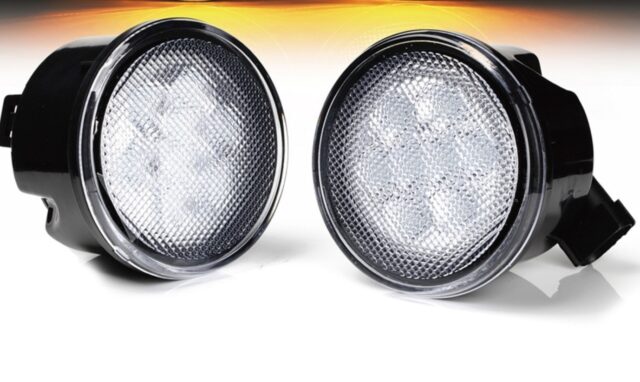
What’s the hype over LED turn signal lights?
There are many reasons to suggest that if your jeep still uses traditional bulbs as headlights, you’re in dire need of an upgrade. Most jeep manufactures fit the factory models with halogen or HID lighting systems. However, none of them are actually feasible. On the other hand, LEDs have emerged as a serious alternative for better illumination. All around the world, LEDs are seeing widespread applications. So, why shouldn’t your jeep use them as well?
Today, jeep owners are increasingly adopting LEDs not only for their headlights but also for turn signal lights. There’s no denying that the light generated from an LED source is bright. When fitted as a turn signal light, the driver behind you can unmistakably notice your indication of a turn up ahead. Another remarkable benefit of installing LED turn signal lights is its long-lasting quality. You don’t want a light system that makes you drive down to the body shop every month for continuous replacements. When it comes to LED turn signals, just install them and don’t give it another thought.
Incandescent bulbs tend to be slow when the car is started up. This is especially true if the surrounding air is cold. Conversely, LED lighting systems will spring to action with just a turn of the key.
Nonetheless, the installation procedure for LED turn signal lights are not as direct as it seems. Prior to attaching the LED device, you have to connect the wires with a load resistor. Commonly referred to as equalizers, they will prevent your LED turn signal lights from flickering.
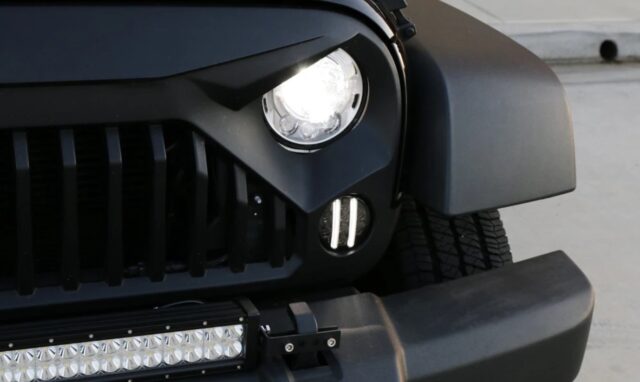
To Wrap Up
Unlike other cars, a jeep is built in such a way that its turn signals are at the bottom of either side. They are generally located below the jeep’s headlights. Since turn signals are precariously located much further down from other lighting systems, they are also more likely to crack or shatter in the event of a fender bender. Checking up on your turn signals is just as important as keeping an eye on your headlights. LED turn signal lights work best when they are charged to the prescribed levels. Overcharging these turn signal lights can cause the LEDs inside to flicker. Sometimes, an LED turn signal light with a bad resistor also starts flashing uncontrollably. If you don’t want to get pulled over by a traffic cop, make sure you purchase a pair of LED turn signals with resistors that can handle high voltages. Custom turn signal lights for jeeps are also getting their fair share of attention these days. You can get it here.
By now, it should be clear that LED turn signal lights are a certified method of avoiding an on-road collision. Smoothly maneuver your way through traffic with LED turn signals and you’ll reach your destination in no time!






